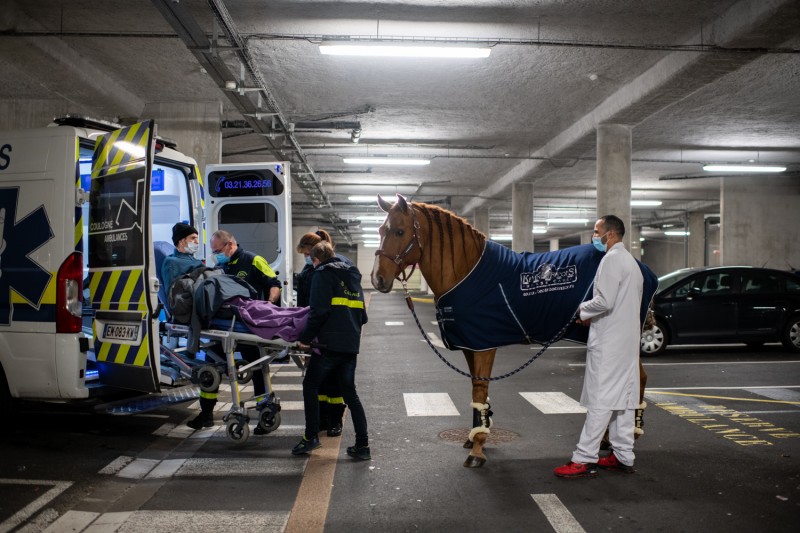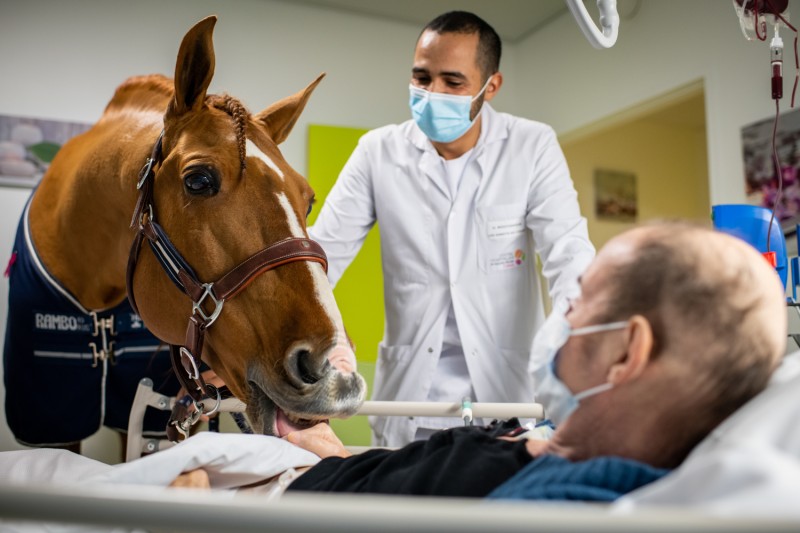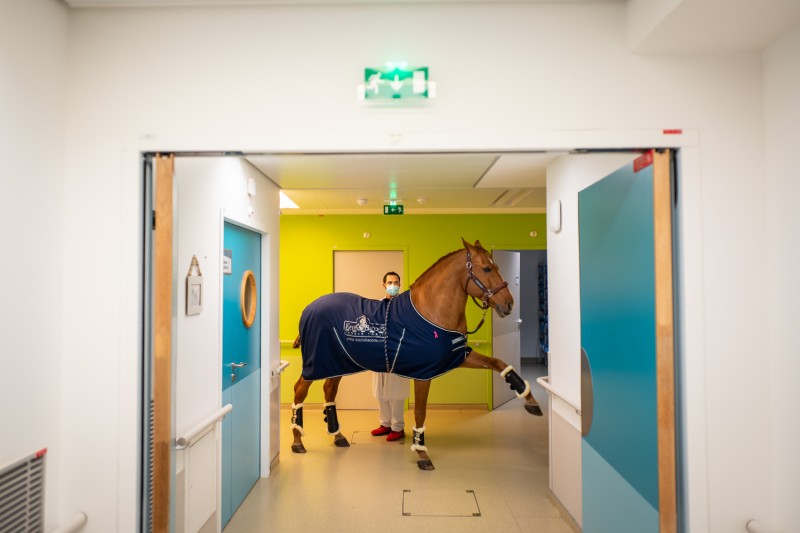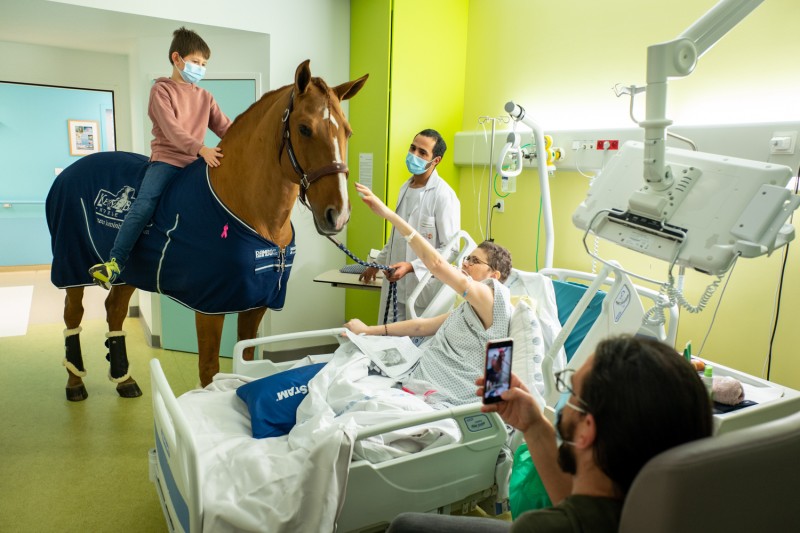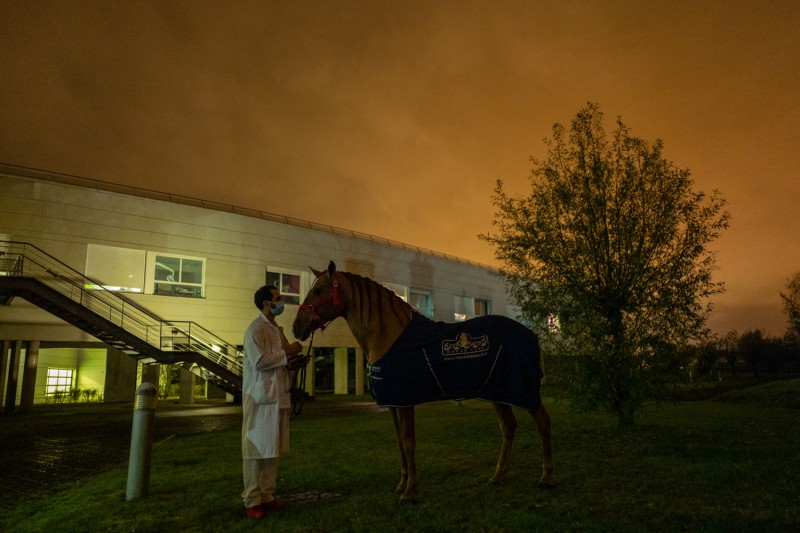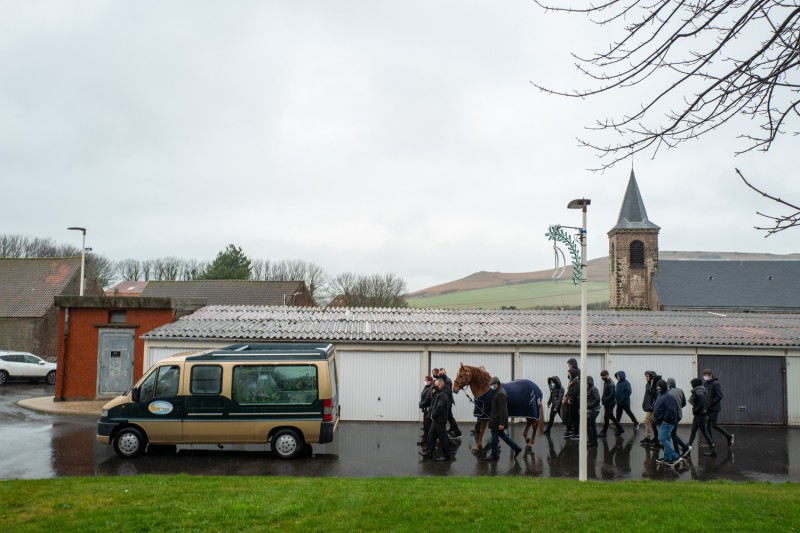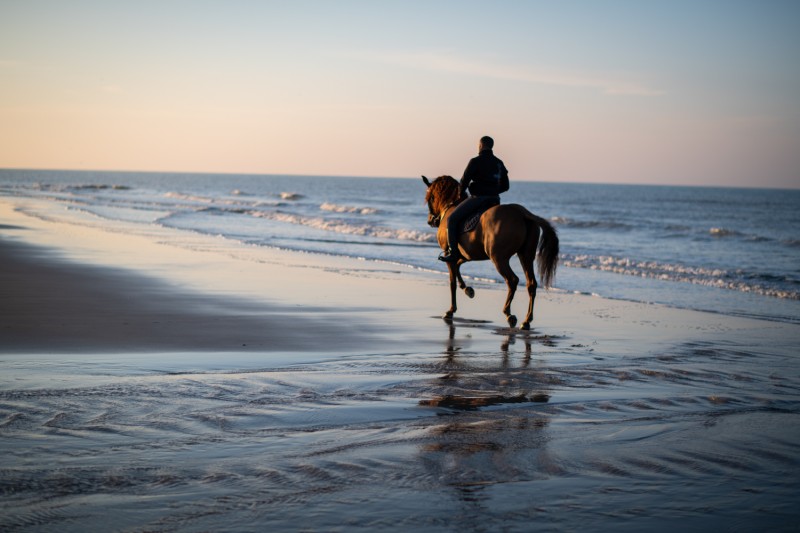Doctor Peyo and Mister Hassen
Doctor Peyo and Mister Hassen
Jérémy Lempin
June 6, 2023
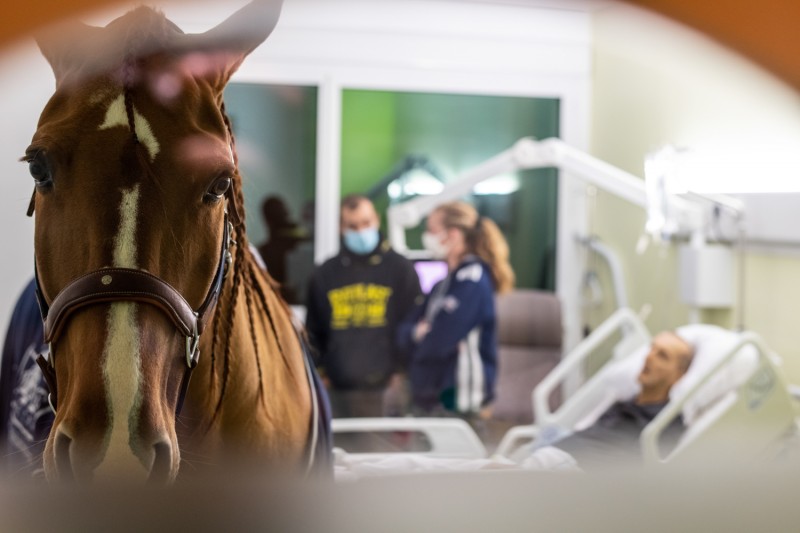
LFI: What is it about Zanzibar that fascinates you, and what do you want your pictures to convey?
Manfred Heemann: Zanzibar has a very interesting history, which is defined by African, Arab and Western influences. Its proximity to the African mainland can be felt, while, at the same time, everything seems very condensed, because it’s about life on an island. The economy is based on tourism and agriculture. I wanted my pictures to deal with the character of the local population’s lifestyle, which is limited by the economic possibilities. The very traditional methods of fishing, for example, mix with the presence of tourism, without giving the impression that one doesn’t belong with the other. This mixture conveys an involvement with the world, even if it's at a very low economic level.
What was your photographic approach? What did you pay particular attention to?
The most important thing for me was that the pictures capture the colour scheme of the local population’s lifestyle, in every light condition, including in the evenings after sunset. In the daytime, there’s a particular Zanzibar light that can very quickly produce postcard motifs. To avoid this, my pictures were taken predominantly at dawn or dusk.
Which camera did you use, and how was your experience with it?
I photographed with a Leica M9, with Elmar-M 50mm f/2.8, Summicron-M 35mm f/2 ASPH and Elmarit-M 28mm f/2 lenses. The thing I like about the M9 is that its handling and impression are very reminiscent of analogue M cameras. Compared to other camera systems, the colour reproduction and sharpness of the pictures, in particular, are still impressive today. These aspects can be further processed in a typical M style, during post-production. Furthermore, the Leica is always discreet. Even though I’m a photographer, I’m like a western tourist when I carry this camera; I don’t draw any attention. Each picture taken is also an exercise in “playing the instrument”.
Jérémy Lempin+-
The photographer was born in northern France in 1983. As a youngster, he was already fascinated by Frank Capa's photography. With the aim of following in Capa's footsteps, Lempin trained as a photographer in the Navy, aboard the Charles de Gaulle aircraft carrier, documenting the life of the crew, at sea and on land. He has worked as a photo journalist since 2016, for newspapers and magazines such as Le Figaro Magazine, Aftenposten, and The Guardian. He has received numerous awards, including the Istanbul Photo Award, World Press Photo, and the Visa d'Or Feature Award. More

